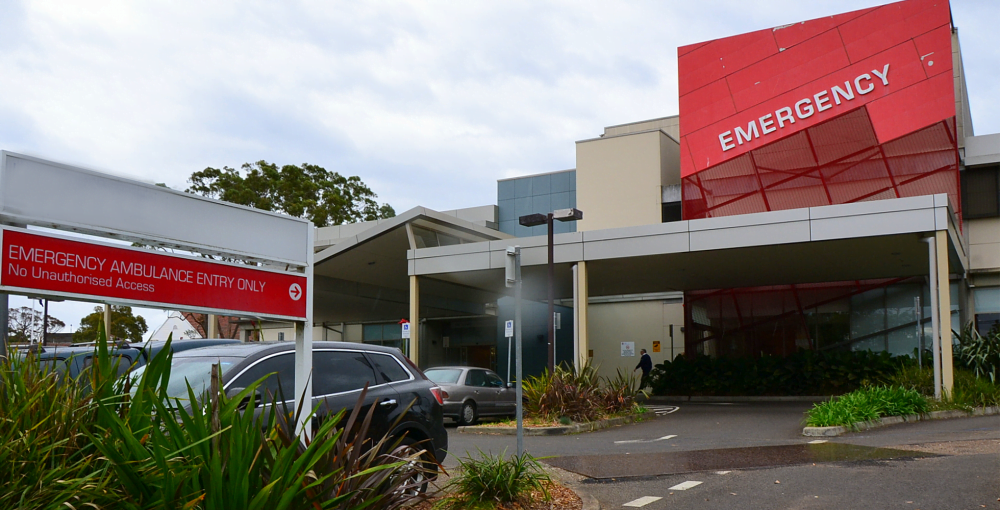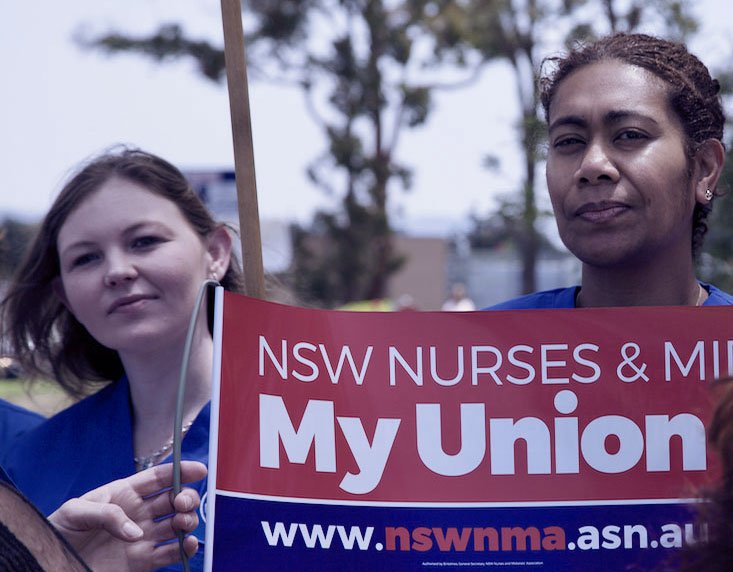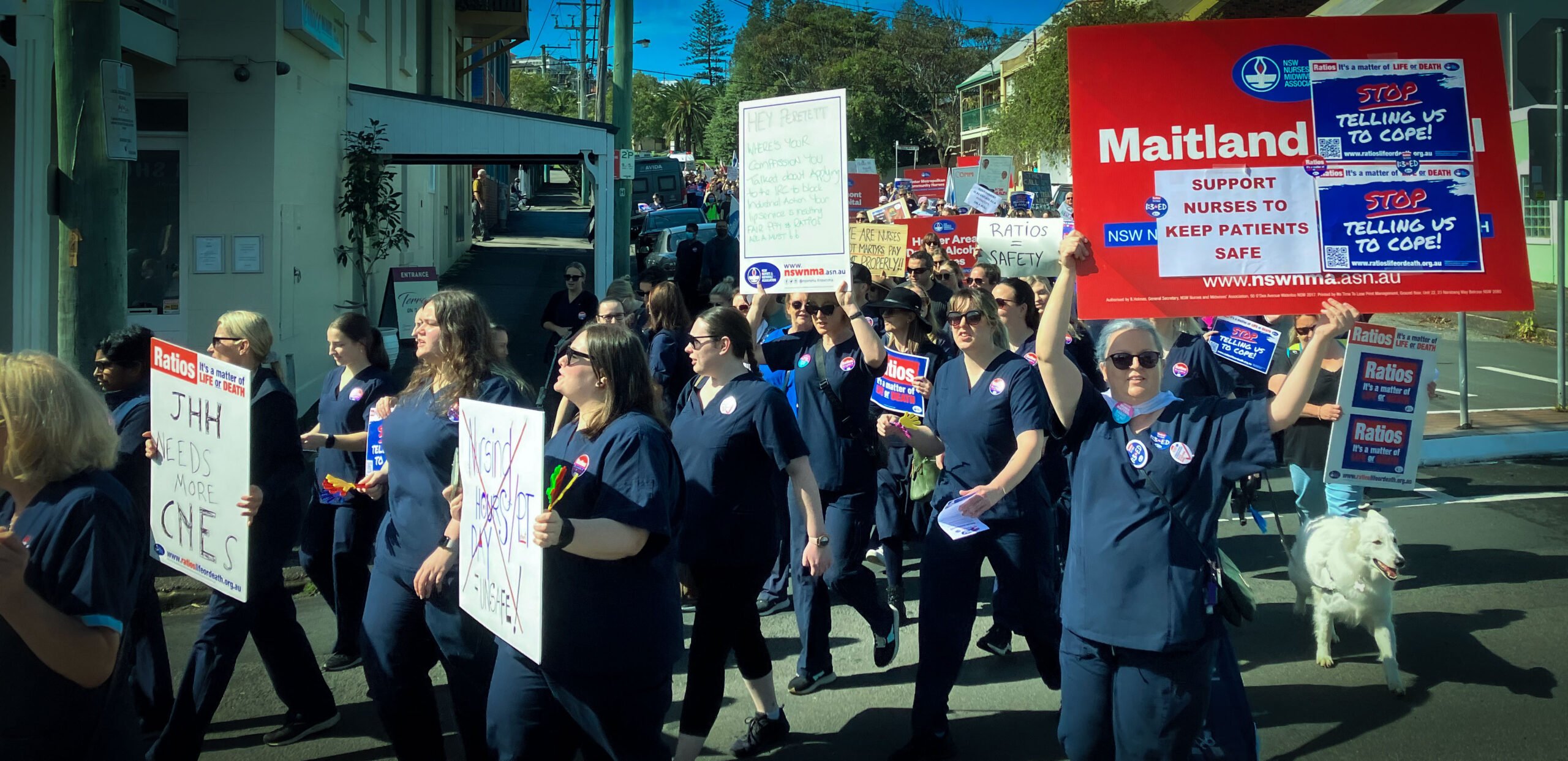Emergency Department presentations and patient acuity is on the rise across NSW public hospitals, according to the latest Bureau of Health Information (BHI) quarterly report.
Results released today indicate an increase in emergency presentations across 11 of the 15 local health districts across the state during April to June this year. The figures highlight the ongoing strain on our public hospitals and the need for a new nurse-to-patient ratios system to manage consistent demand.
Some of the busiest hospitals include Queanbeyan Hospital, which experienced a 13.4% increase in Emergency Department (ED) presentations compared to the same time last year and Blacktown Hospital, which recorded a 7.3% increase in its ED figures and 20% rise in hospital admissions from the emergency department.
NSW Nurses and Midwives’ Association (NSWNMA) General Secretary, Brett Holmes said the year-on-year pressure on our public hospitals was taking a toll on nurses and midwives.
“We know presentations are rising, yet nurses and midwives are taking on that increased workload. It’s unsustainable to rely on a staffing model that we now know is being manipulated to save costs.”
During a data capturing exercise, the NSWNMA uncovered 38,033 hours of missed clinical nursing care in 2017 due to non-compliance with the current Nursing Hours per Patient Day (NHPPD) system.
“The current system is not working. There are no minimum standards for nurse to patient ratios in Emergency Departments and children’s wards and the number of nurses can be averaged over the week with no mandated ratio for every shift. We need a new reliable shift-by-shift ratios system to provide a clear understanding of how many patients nurses have to care for,” Mr Holmes said.
City hospitals experiencing considerable increases in ED presentations include Prince of Wales (5.4%); Campbelltown Hospital (6.7%); Liverpool Hospital (6.9%); Wollongong Hospital (7.2%) and Royal Prince Alfred Hospital (4.6%) combined with a 10.2% increase in admissions to the hospital from its ED.
In the regions Cooma (7.6%); Goulburn (8.5%) and Wagga Wagga (6.5%) reported significant increases in ED treatments.
“Our regional hospitals are experiencing a higher volume of patients, yet they receive less nursing hours per patient than city hospitals. It’s not right that a patient’s postcode can determine their level of care,” Mr Holmes said.
The NSWNMA is campaigning for mandated nurse-to-patient ratios in every ward, on every shift across all major and district NSW hospitals.








